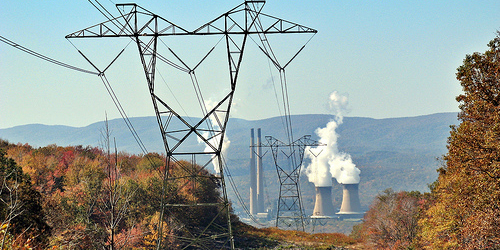
The Northeast Regional Earth System Model
Business as Usual
Energy
Continued centralization of the energy system. With no carbon management strategy, energy is fueled by least cost sources (usually fossil-fuels). Low innovation and minimal investment in the transmission grid, energy generation system efficiency and low-carbon technology. Incremental advancements in demand management.
Agriculture
Continued limited investment in regional agriculture and decreasing area of agricultural land use. The remaining agriculture in the region is dominated by conventional, ‘open-loop’ farms. Subsidies favor commodity crops and high-acreage.
Land Use
Continued fragmented/opportunistic development. Sprawl according to local ‘as-of-right’ zoning and urban disinvestment. The minimal investment in regional transportation is focused on personal vehicles. Maintenance of natural lands conservation rates.
Water
No change to Clean Water Act application and implementation and slow adoption of new criteria. Continued unequal regulation of point source pollution and lack of regulation of non-point pollution. Investment in wastewater, drinking water and stormwater infrastructure insufficient to meet future needs. Per capita water withdrawals remain at 2005 levels.

Image: Pennsylvania coal plant

Image: Chicken farming

Image: Urban sprawl

Image: New Croton Reservoir

